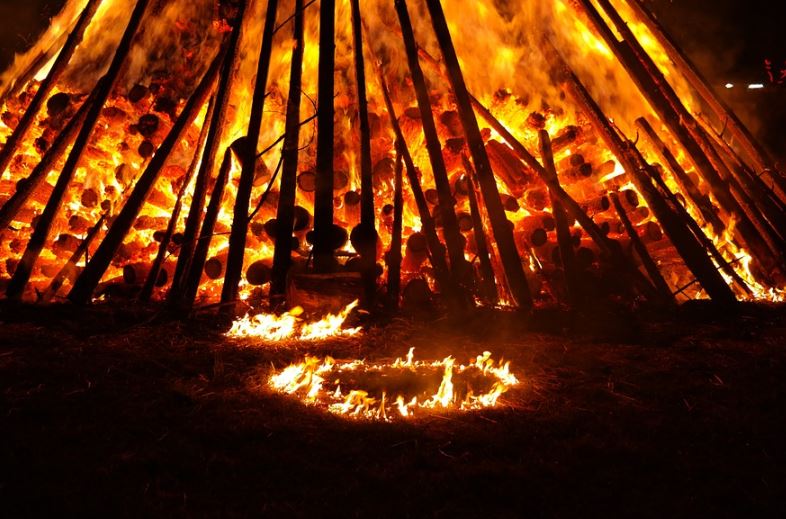Litha or midsummer as it is more commonly called is the pagan festival that celebrates the summer solstice. Since the 13th century midsummer has been celebrated on June 23rd, a couple of days after the solstice which is usually on June 21st.
Litha as a name is thought to have come from Bede who now is more commonly known as the venerable Bede in his book the “Reckoning of Time” (De Temporum Ratione, 7th century). Bede gave the months of June and July the names of early Litha month and later Litha month respectively. It is thought that Litha is thought to mean gentle or navigable due to the gentle breezes that abound at this time.
The festival of midsummer
It is known that the festival of midsummer definitely existed in pre-Christian times in Scandinavian countries and it is a common theory that the solstice is one of the things that Stonehenge may have been built to measure and celebrate. Today it is celebrated in nearly every country in some way.
The original bringers of midsummer to the British Isles, the early Saxon invaders, would celebrate this time with huge bonfires. This is understandable given that they came from Scandinavian countries which feature long nights. However, they are not the only country to celebrate this time with fire.
Fire for Light and Warmth
Fire is seen not only as bringing light and warmth but also as driving away evil so many people kept to the tradition of using a bonfire to celebrate midsummer, even when the country had been Christianised. This is one reason why it still exists today. In a slightly more grisly twist up until the nineteenth century in Britain, people in rural areas would make a bonfire out of clean bones called a bonnefyre.
 As an example of how important this holiday was in various countries consider the following. In Denmark up until 1770 this time was an official holiday. The Nuremberg council in Germany on June 20th, 1653 issued an order stating that “the Hon. Council of Nuremberg town neither can nor ought to forbear to do away with all such unbecoming superstition, paganism and peril of fire on this coming day of St. John.”
As an example of how important this holiday was in various countries consider the following. In Denmark up until 1770 this time was an official holiday. The Nuremberg council in Germany on June 20th, 1653 issued an order stating that “the Hon. Council of Nuremberg town neither can nor ought to forbear to do away with all such unbecoming superstition, paganism and peril of fire on this coming day of St. John.”
As late as 1970 the custom known as Les cones d’la Saint Jean was celebrated in jersey at midsummer. This custom had horns or conch shells being blown to frighten away the evil spirits. Up until the start of the twentieth century, Lithuania still had midsummer bonfires burning all over the country.
Litha celebrated in all sorts of means
In today’s world thanks to the neopagan movement and the revival of general pagan culture and faiths, Litha is being celebrated in all sorts of means. Today druids congregate at Stonehenge as they did countless years ago. In New York City America upwards of 5000 people congregate for a midsummer party in Battery Park and in the Scandinavian countries that originally exported the festival to the countries they sailed to they still celebrate the time dancing around the pole, lighting bonfires and having a good time.






